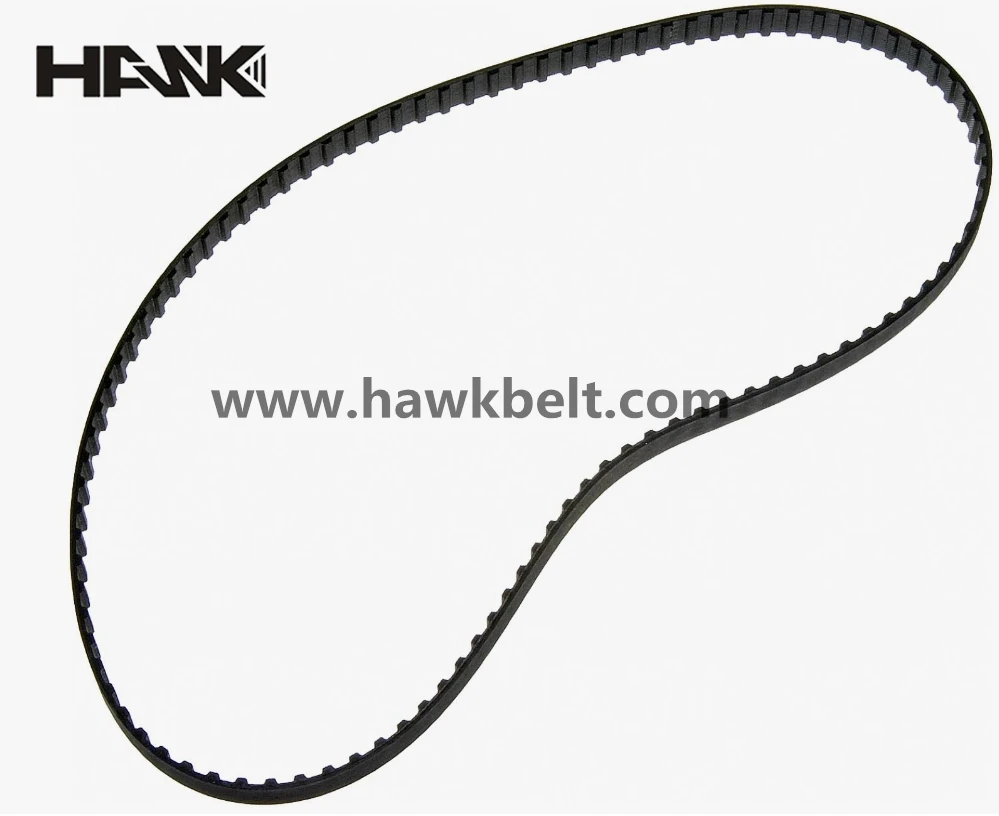- Arabic
- French
- Russian
- Spanish
- Portuguese
- Turkish
- Armenian
- English
- Albanian
- Amharic
- Azerbaijani
- Basque
- Belarusian
- Bengali
- Bosnian
- Bulgarian
- Catalan
- Cebuano
- Corsican
- Croatian
- Czech
- Danish
- Dutch
- Afrikaans
- Esperanto
- Estonian
- Finnish
- Frisian
- Galician
- Georgian
- German
- Greek
- Gujarati
- Haitian Creole
- hausa
- hawaiian
- Hebrew
- Hindi
- Miao
- Hungarian
- Icelandic
- igbo
- Indonesian
- irish
- Italian
- Japanese
- Javanese
- Kannada
- kazakh
- Khmer
- Rwandese
- Korean
- Kurdish
- Kyrgyz
- Lao
- Latin
- Latvian
- Lithuanian
- Luxembourgish
- Macedonian
- Malgashi
- Malay
- Malayalam
- Maltese
- Maori
- Marathi
- Mongolian
- Myanmar
- Nepali
- Norwegian
- Norwegian
- Occitan
- Pashto
- Persian
- Polish
- Punjabi
- Romanian
- Samoan
- Scottish Gaelic
- Serbian
- Sesotho
- Shona
- Sindhi
- Sinhala
- Slovak
- Slovenian
- Somali
- Sundanese
- Swahili
- Swedish
- Tagalog
- Tajik
- Tamil
- Tatar
- Telugu
- Thai
- Turkmen
- Ukrainian
- Urdu
- Uighur
- Uzbek
- Vietnamese
- Welsh
- Bantu
- Yiddish
- Yoruba
- Zulu
Жел . 03, 2024 16:43 Back to list
timing belt design
Timing Belt Design An Overview
Timing belts are crucial components in mechanical systems, particularly in engines and machinery where precise timing is essential. Their primary function is to synchronize the rotation of various components, ensuring that they operate in harmony. This article explores the fundamentals of timing belt design, the materials involved, and the critical factors to consider for optimal performance.
Understanding Timing Belts
A timing belt, usually made from rubber with high tensile strength cords, operates by transmitting power between pulleys. Unlike regular drive belts, timing belts feature teeth that engage with corresponding grooves on the pulleys, thereby preventing slippage and ensuring accurate timing. This synchronized operation is particularly vital in internal combustion engines, where the timing of the camshaft and crankshaft is essential for efficient performance.
Key Design Elements
1. Material Selection The choice of materials is fundamental in timing belt design. High-quality rubber compounds, such as neoprene and chloroprene, are often combined with reinforcing fibers, like polyester or Kevlar, to enhance strength and durability. These materials are selected for their resistance to environmental factors, including temperature variations, oil, and chemicals, ensuring a long service life.
2. Tooth Design The shape and profile of the teeth on a timing belt are critical for performance. Common tooth profiles include the trapezoidal and the curvilinear design, each offering different benefits in terms of engagement, wear resistance, and load distribution. The tooth pitch, or the distance between the teeth, is also an essential design consideration that affects installation, performance, and noise levels.
timing belt design

3. Belt Length and Width The length and width of a timing belt must be meticulously calculated to fit the specific application. A belt that is too long may cause slippage, while one that is too short can lead to excessive tension, both of which can result in premature failure. Additionally, the width of the belt affects its load-carrying capacity; wider belts can transmit more power but may require larger pulleys.
4. Tensioning Method Proper tensioning of the timing belt is crucial for optimal performance. A belt that is too loose can slip, while one that is too tight can cause excessive wear on the bearings and pulleys. Various methods, such as automatic tensioners or manual adjustment systems, are employed to maintain the appropriate tension throughout the belt's service life.
Performance and Maintenance Considerations
Regular maintenance is vital to the longevity of timing belts. Manufacturers typically recommend inspection intervals to check for signs of wear or damage. Key indicators to watch for include fraying, cracking, or elongation of the belt material. Routine maintenance includes replacing the belt according to the manufacturer's guidelines, which often coincide with other engine services, such as water pump replacements.
In terms of performance, timing belts can significantly impact engine efficiency and power output. A well-designed timing belt system minimizes friction and energy loss, optimizing the overall performance of the machinery.
Conclusion
Timing belt design is a sophisticated process that requires careful consideration of materials, tooth geometry, and installation specifics. As a vital component in many mechanical systems, the right timing belt ensures not only efficient operation but also the reliability and longevity of the equipment. By understanding the intricacies of timing belt design and maintenance, engineers and technicians can make informed decisions to enhance performance and reduce downtime in various applications.
-
Korean Auto Parts Timing Belt 24312-37500 For Hyundai/Kia
NewsMar.07,2025
-
7PK2300 90916-T2024 RIBBED BELT POLY V BELT PK BELT
NewsMar.07,2025
-
Chinese Auto Belt Factory 310-2M-22 For BMW/Mercedes-Benz
NewsMar.07,2025
-
Chinese Auto Belt Factory 310-2M-22 For BMW/Mercedes-Benz
NewsMar.07,2025
-
90916-02660 PK Belt 6PK1680 For Toyota
NewsMar.07,2025
-
drive belt serpentine belt
NewsMar.07,2025

